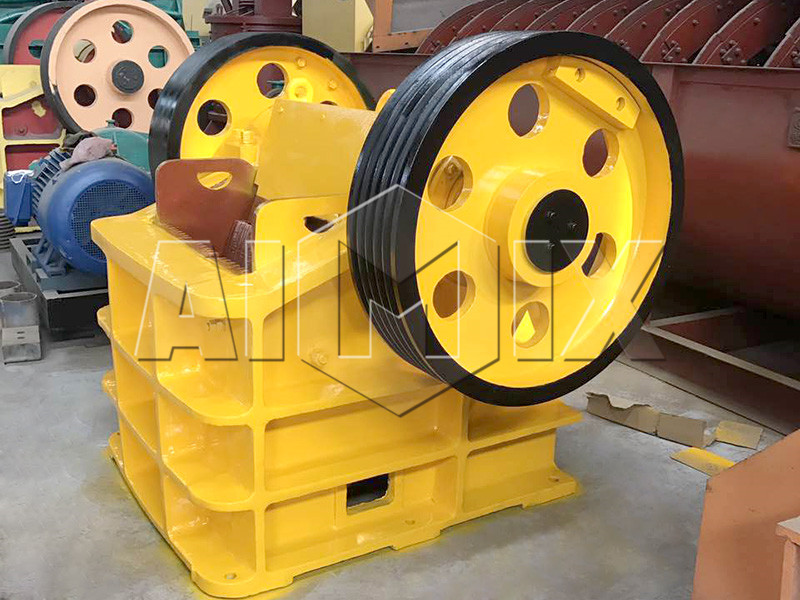Aggregates are inert materials, such as crushed stone, recycled concrete, geo-synthetic particles, slag, gravel, and sand used in the construction industry. And you need an aggregate crushing plant to produce aggregates.

Aggregate processing
The construction industry requires tons of aggregates for every project. But you need a machine to process the aggregates so that workers can use them while building roads, bridges, or even houses. Natural deposits of aggregates are scarce. Companies obtain aggregates by using an aggregate crushing plant and processing massive rocks, sand, gravel, and other materials.
If you are planning to produce aggregates for your construction projects, you should know about the two types of aggregates and how to make them:
• Fine aggregate – These are materials that should pass the No. 4 sieve in the aggregate crushing plant. Moreover, you should be able to retain fine aggregate on a No. 200 sieve. If they pass both the sieves, it means they are fine enough to mix with other ingredients in the asphalt and concrete mix.
• Coarse aggregate – These are relatively bigger materials. They would pass through 3-inch screens. Later, you can retain them on a No.4 screen.

Construction experts use different types of aggregate materials for different applications. Fine aggregate find their way into the concrete mix while coarse professionals use coarse aggregate on the roads and pathways.
Aggregate crushing plant
An aggregate crushing plant processes nonmetallic minerals to make them suitable for the construction industry. The aggregate crushing plant first segregates the aggregates according to their type and size. It will then reduce the aggregates by crushing them down.
The aggregate crushing plant and processing unit doesn’t crush the aggregates right away. After segregating the aggregates according to their sizes, the machine reduces them in successive phases. There are different blades, such as rotary, bar mills, impact crusher, and jaw crusher that crush aggregates and make them smaller. When it comes to gravels and sand, the blades only work on the bigger granules and pass the rest. Therefore, the number of crushing stages for fine aggregates is lower than coarse aggregates.
For coarse aggregates, almost all the blades mentioned above come into play. They not only sort the aggregates according to their sizes but also make them smaller at different stages. This usually takes a significant amount of time.
The machine puts the raw materials into different chambers before crushing them. It then sends the coarse aggregates into a jaw crushing unit for primary crushing. The hopper of the vibrating feeder slowly sends the raw materials into the jaw crushing chamber. Once the jaw crusher reduces the size of the aggregates, the vibrating feeder sends them to a conveyor belt for secondary crusher. Later, the vibrating screen separates the aggregates. It sends fine aggregates in one chamber and the rest in another chamber.
An aggregate crusher machine is essential for almost every construction company as it helps to reduce the cost of purchasing aggregates from the market. You can buy one today to help in your construction projects but make sure you check the number of blades and crushing time before investing your money.
